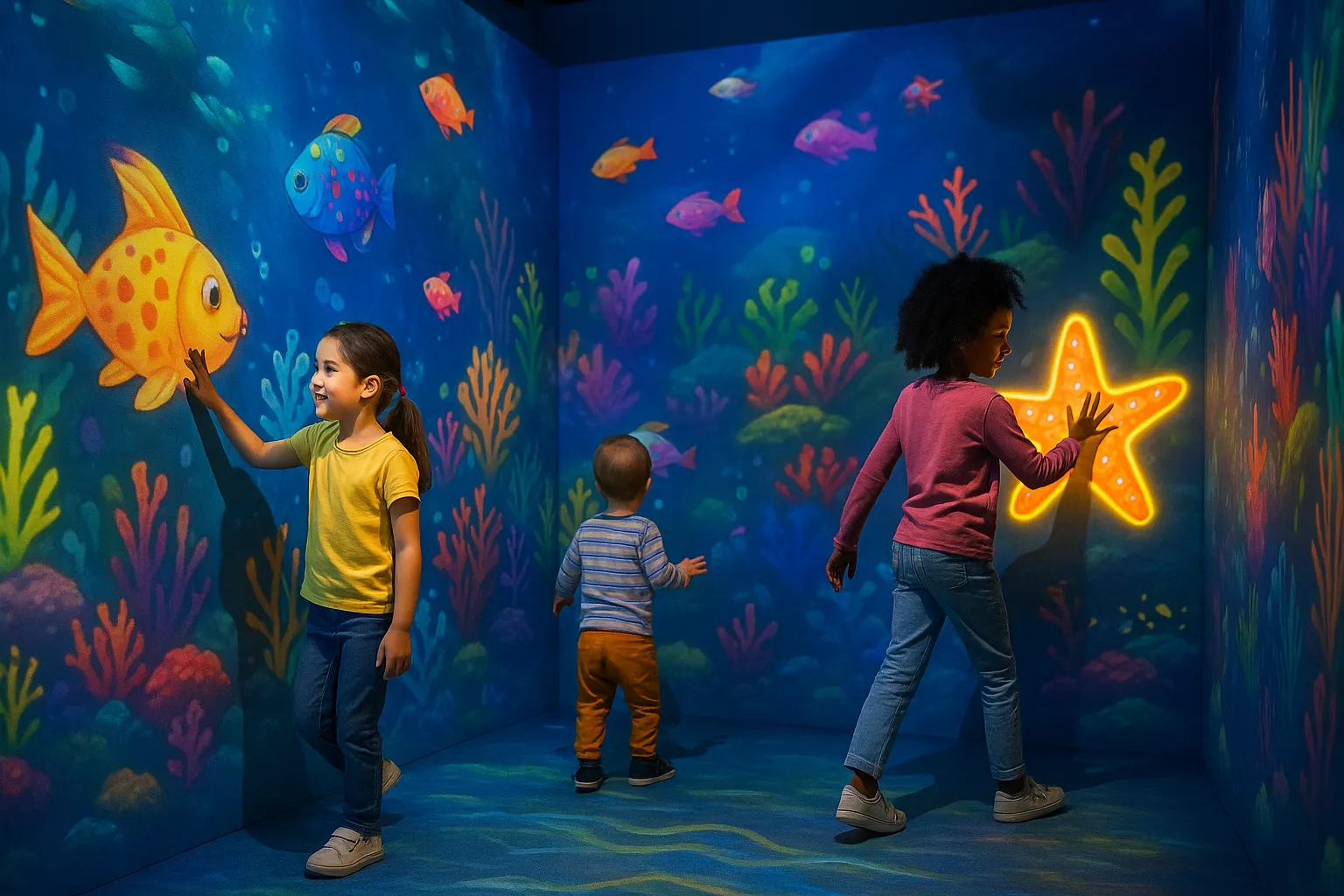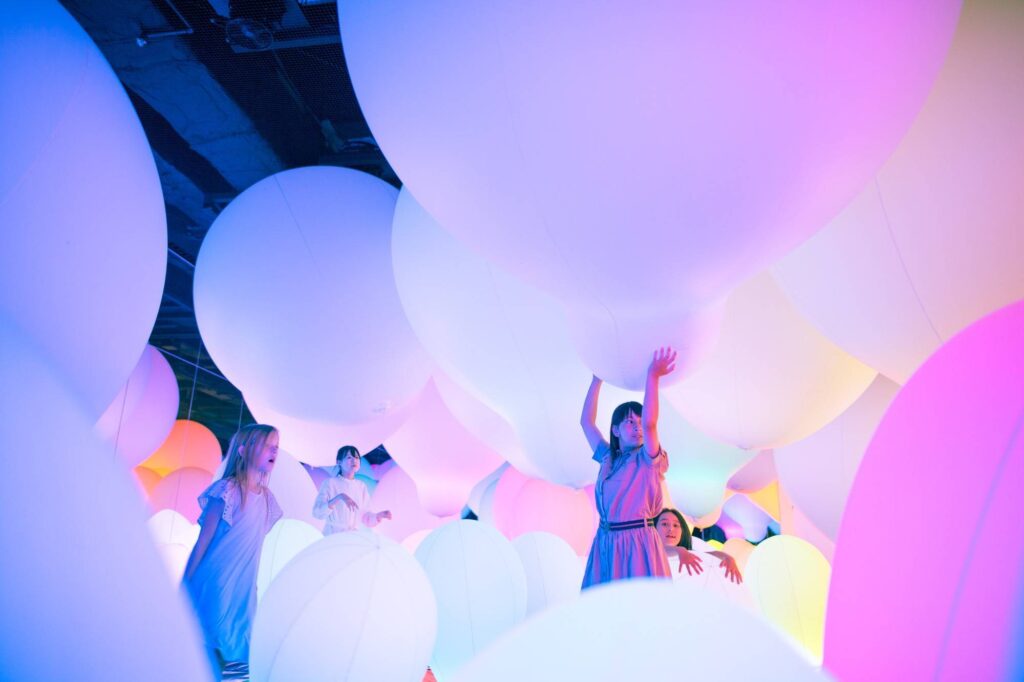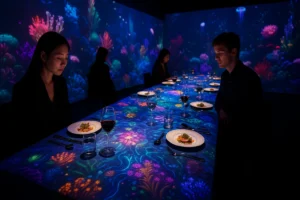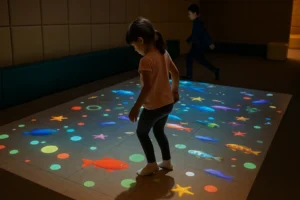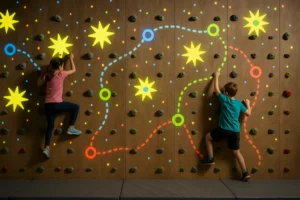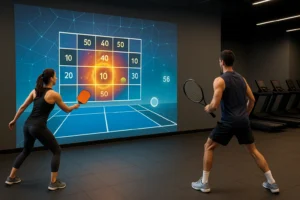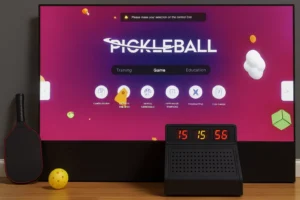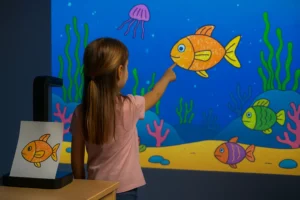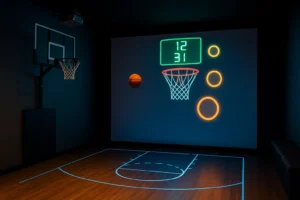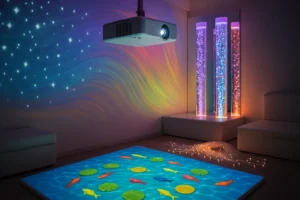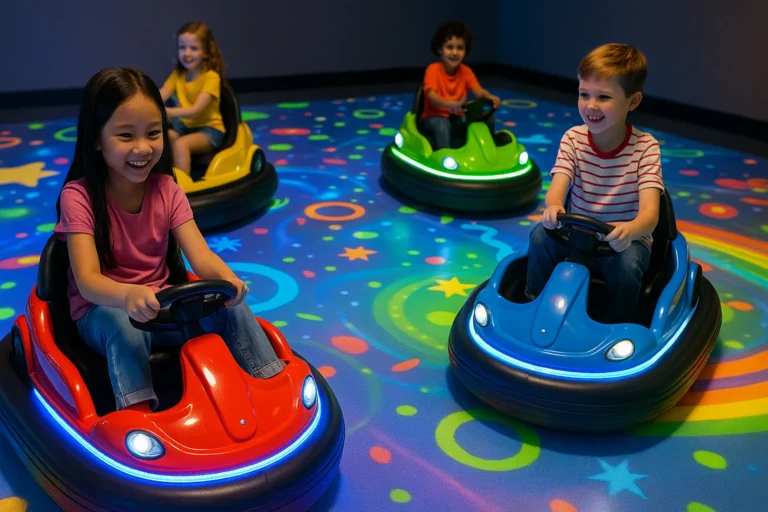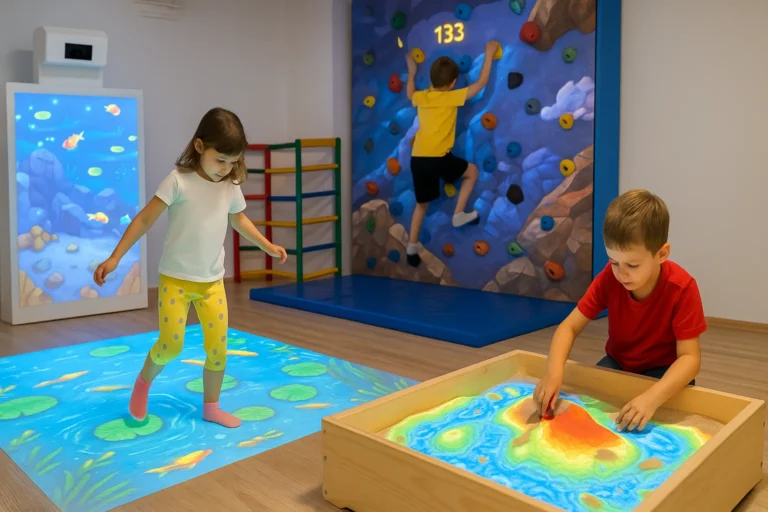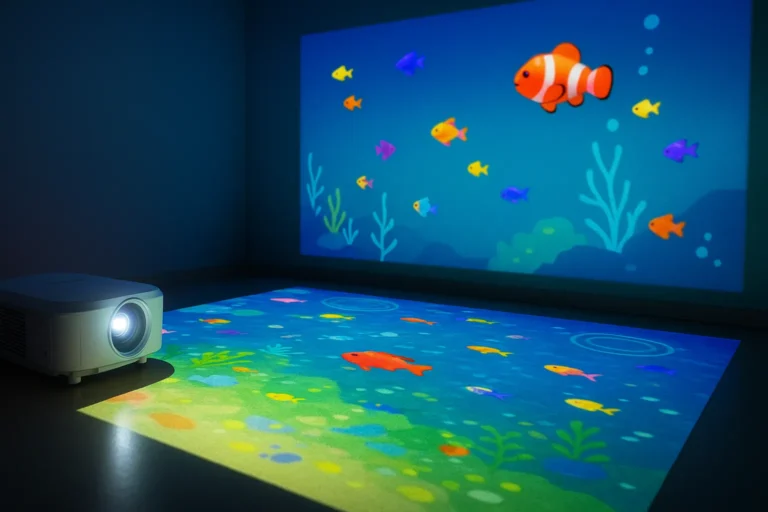Why Is a Photo Booth Setup Essential for an Interactive Children’s Museum? ✨
A photo booth inside an interactive children’s museum is not just a decorative feature—it is a strategic engagement system. Visitors, especially children, love to capture memorable moments. When parents share these photos online, they amplify the museum’s visibility, leading to organic marketing growth.
At OneCraze (🌐 onecrazemedia.com), we emphasize that a well-planned photo booth can become a marketing engine. With the latest immersive projection software, interactive radar sensor devices, and light beam projector placement requirements for the venue, a museum transforms from a static exhibition hall into a dynamic storytelling playground.
What Are the Key Components of the Setup Plan? 🛠️
The setup plan must include both hardware and software. Below are the critical components:
- Light Beam Projectors – Correct positioning ensures vibrant visuals without shadows.
- Interactive Radar Sensor Devices – These devices detect motion, enabling children to interact with projected characters or games.
- Three-Wall or Six-Wall Projection Options – The choice depends on space and budget.
- High-Performance Software Systems – The system powers animations, games, and the overall immersive photo booth effect.
- Marketing Integration – Syncing the booth with social media allows families to instantly share branded photos.
How Do Light Beam Projector Placement Requirements Affect the Venue? 💡
Projector placement is one of the most critical technical decisions. Poor alignment can cause visual distortion, uneven brightness, and reduced immersion.
Key factors include:
- Height of Installation – Typically mounted above 3 meters to avoid shadows.
- Throw Distance – Must balance clarity with coverage.
- Angle of Projection – Adjusted to eliminate blind spots.
- Room Lighting Conditions – Darker environments produce the hottest visual effects.
When planned correctly, the projection system enhances games, animations, and photo capture quality, offering visitors the best immersive experience at the right price.
Should You Choose Three-Wall Projection or Six-Wall Full Immersion? 🏛️
This decision depends on budget, space, and long-term marketing strategy. Below is a structured comparison:
| Feature | Three-Wall Projection | Six-Wall Full Immersion |
|---|---|---|
| Coverage | Surrounds on 3 sides | Complete room wraparound |
| Price | Lower cost, easier to install | Higher cost, advanced setup |
| Immersion Level | Semi-immersive | Full sensory engagement |
| Software Requirements | Basic system | Advanced system with synchronization |
| Best For | Small to medium museums | Large-scale institutions |
👉 If ImagineU wants to attract families with quick engagement, three-wall projection is sufficient. However, if the goal is to position itself as the hottest interactive children’s museum experience, then six-wall projection is the best long-term investment.
How Can a Marketing Strategy Proposal Amplify the Booth’s Impact? 📣
The ImagineU Interactive Children’s Museum marketing strategy proposal should include:
- Branded Photos & QR Codes – Each photo should include the museum’s logo and a QR code linking to the ticketing system or store.
- Social Media Integration – Instant sharing options encourage parents to post photos, boosting organic reach.
- Gamification – Add challenges (🎮 win a digital badge, ⭐ unlock a hidden background) to make the experience more engaging.
- Seasonal Themes – Update photo booth backgrounds with the latest events (Halloween, Summer, School Exhibitions).
This ensures that the installation doesn’t just remain a photo opportunity, but a marketing engine that keeps attracting repeat visitors.
How Does the Installation of Interactive Radar Sensor Devices Enhance Engagement? 🖐️
Unlike traditional photo booths, radar sensors transform the setup into an interactive playground. These devices allow children to:
- Wave their hands to trigger animations.
- Step on projected symbols to activate special effects.
- Interact with projected characters in real-time.
By integrating these sensors, the museum doesn’t just offer photos—it creates memorable games, learning systems, and interactive stories. This elevates the installation from a simple booth to an immersive edutainment software solution.
Museums can calculate ROI by considering both direct and indirect returns:
Direct Revenue – Charging a small fee for printed photos or digital downloads.
Indirect Marketing Value – Social media exposure increases ticket sales.
Sponsorship Opportunities – Local companies may want their logos embedded in the photo booth experience.
A full six-wall setup can range from mid-level to premium pricing, depending on the supplier, manufacturer, and software integration. Always compare before you buy.
For compact spaces, three-wall projection offers the best balance of price and immersion.
Yes. Museums can start with basic systems and order upgrades for the latest features as budgets allow.

